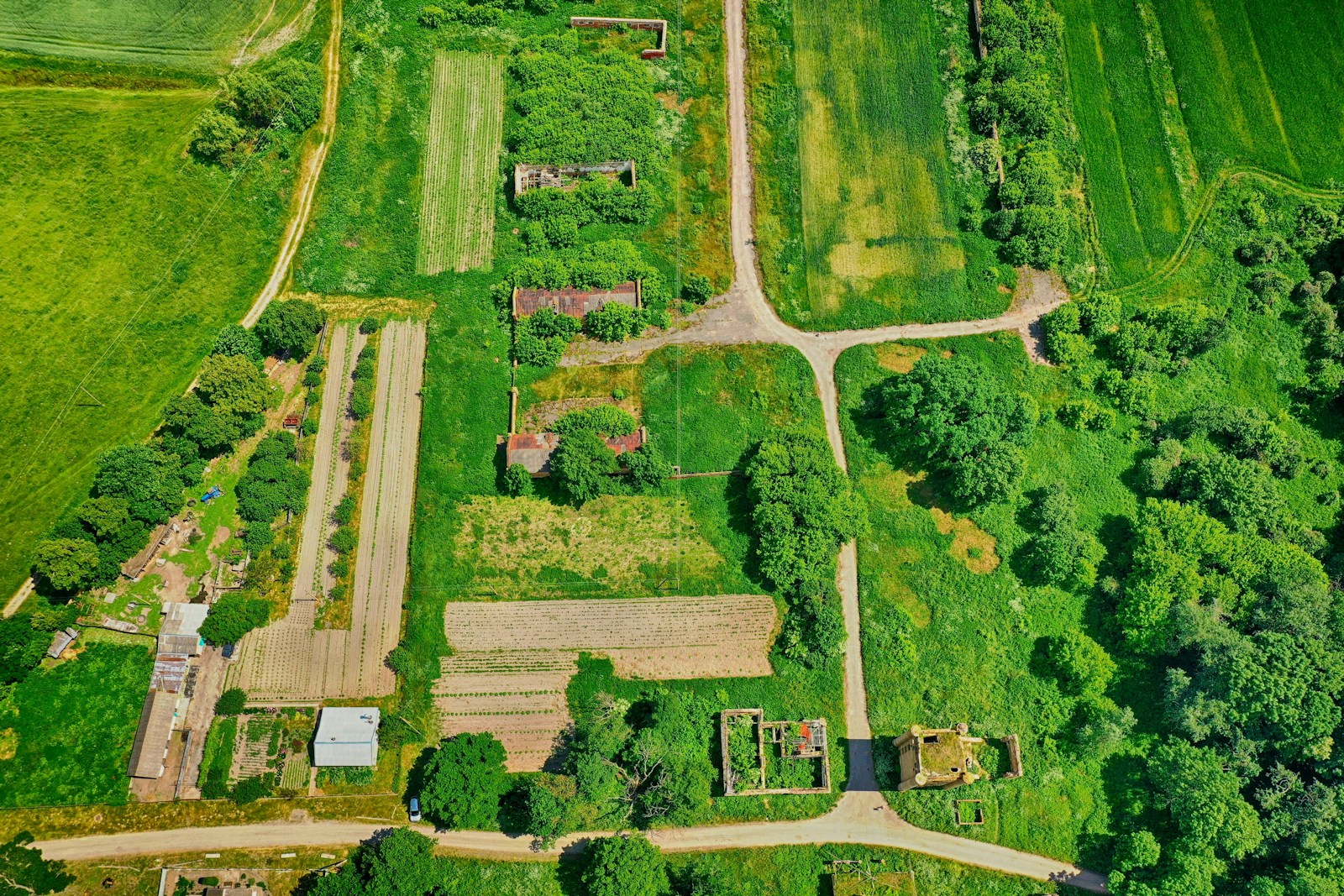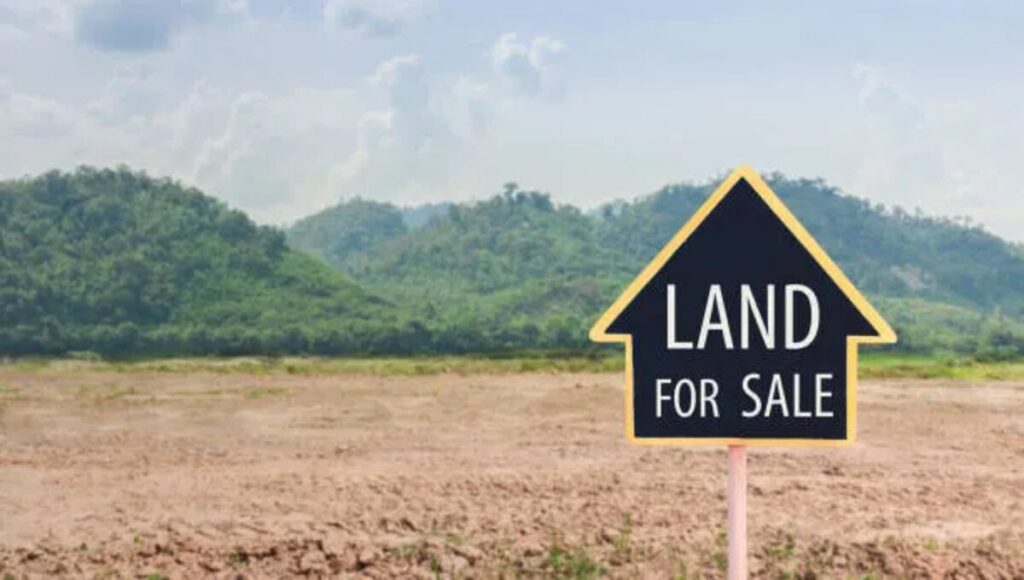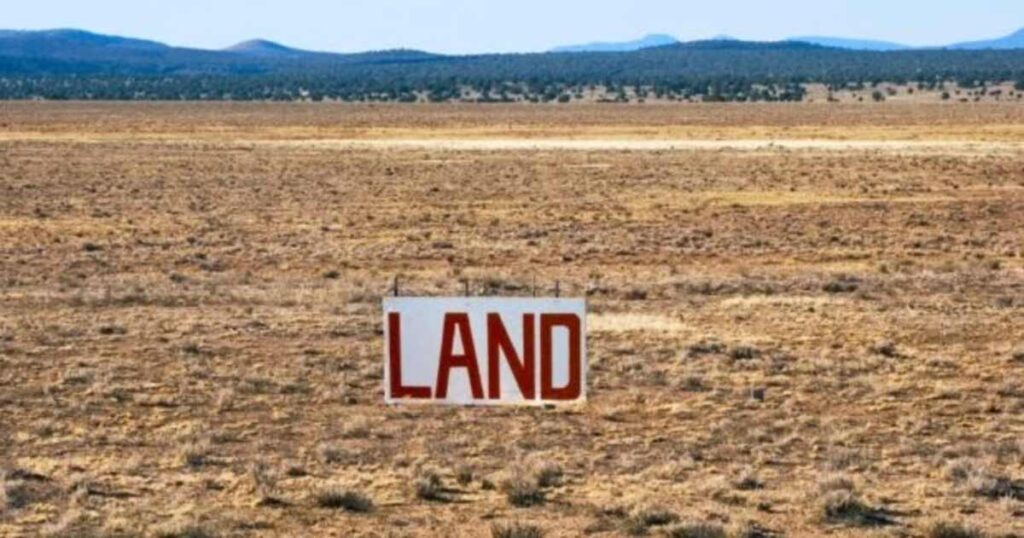
Land Banking investment in Nigeria has quietly created some of the most dramatic wealth stories in the real estate market. Imagine buying a plot of land in Ibeju-Lekki in 2010 for ₦500,000 and selling it today for ₦20 million. That’s not a fairy tale, it’s the real outcome of early investors who understood the value of infrastructure-led growth and patient capital.
According to a recent report from ThisDayLive, land that was dismissed as “too far off” a decade ago is now commanding premium prices in the millions.
In Lagos alone, data from the Nigerian Institution of Estate Surveyors and Valuers (NIESV) shows upper-profile areas like Ogudu, Banana Island, Ikoyi, and Victoria Island have seen land price increases of 200-275% over five years (2018-2023). In contrast, locations like Yaba, Ogba, Festac, Sangotedo saw moderate but still significant growth ranging from about 50-100% over the same period.
These numbers tell us a powerful story: undeveloped land in the right location can multiply in value many times over. But not all undeveloped land does. For investors, professionals, high net worth individuals, brands, knowing which plots will appreciate, why, and how to secure them is what turns land banking from gamble into strategy.
Before putting money into undeveloped land, the first thing every investor must do is clearly define their time horizon and budget. Are you looking to hold the land for three years, five years, or even a decade? And just as important—what’s the maximum you are willing to spend, not only on the purchase price but also on survey, legal documentation, fencing, and basic securing? Setting these boundaries upfront ensures you can measure whether the expected appreciation will actually outpace inflation and other costs.
Key Insights for Land Banking Investment: What to Look For
Below are 5 core criteria insights you should use when evaluating a parcel of undeveloped land. Each one can make or break your upside.
1. Proximity to Planned Infrastructure & Urban Growth Corridors
- Why it matters: Land near planned roads, ports, airports, or mass transit tends to appreciate faster, as access improves and demand increases. For example, areas around the Lekki Deep Sea Port and new expressways are driving up land values in Ibeju-Lekki and adjacent corridors.
- What to check: Government master plans, confirmed infrastructure budget lines, road expansion approvals, zoning maps. If a state or federal government has confirmed plans for a highway, airport, or new city extension, land along its path is likely to gain.

2. Legal Title, Ownership & Documentation
- Why it matters: Poorly documented land (fake titles, overlapping claims, lack of survey plans, uncleared governor’s or state consent) is a leading cause of loss or litigation.
- What to check:
- Certificate of Occupancy (C of O) or Deed / Governor’s Consent.
- Survey plan and boundary checks; if possible, visit the land and compare physical markers to the plan.
- Verification with Local Land Registry / Lands Bureau.
- Whether there are any encumbrances, litigations, or land use restriction policies for that area.
3. Accessibility & Utilities
- Why it matters: Land that is inaccessible (poor roads, difficult terrain) or lacks basic utilities (water, power, drainage) often stays undervalued or expensive to develop. Appreciation may still happen, but slower and with more cost input.
- What to check: Existing road links, planned road expansion, distance to major highways. Also, how easy it is to connect to electricity, water, sewage. The cost and delay of bringing utilities to “the bush” can erode profits significantly.
4. Supply, Demand & Urbanization Pressure
- Why it matters: Even if land has good title and is near infrastructure, if the area is stagnant, appreciation will be slow. You want areas where growth is knocking: rising population, migrants, spillover from crowded city centers, housing demand, commercial development.
- What to check:
- Population growth trends and migration patterns.
- Nearby recent real estate activity: is someone else building or selling?
- Price trends in nearby areas of higher profile. If land in adjacent neighborhoods has appreciated, your plot is likely to follow.
- Example: The outskirts of Lagos (Ibeju-Lekki, Sangotedo, Lekki Phase 2) saw strong spillover demand from Lekki/Ikeja, pushing up land prices significantly.
5. Macro Risks & Holding Costs
- Why it matters: Unlike developed property, undeveloped land doesn’t generate rental income easily, which means your capital is locked in without cash flow. Also macro-risks, currency devaluation, inflation, regulatory changes, can erode returns if your time horizon, cost estimates or document risks are not well considered.
- What to check:
- How stable are land use policies in that state/government? Are there frequent changes or claims by government?
- Inflation vs expected rate of appreciation. If inflation is 20-30% annually, your land needs to appreciate more than that over your holding period to yield real gains.
- Cost of securing the land (fencing, survey, verification, legal fees), taxes or rates, and any maintenance you might need just to preserve the title (clearing weeds, preventing encroachment).

A typical example of how the cost of land appreciate is Ibeju Lekki. The example below walks through a real-life case to illustrate these insights in practice.
- In 2010, many parcels of land in what today is known as Ibeju-Lekki were sold for values as low as ₦500,000 to ₦1 million for plots relatively near what was then considered periphery. Ten years later, with the approval and construction of the Lekki Deep Sea Port, Dangote Refinery, new express roads, gated estates, and increasing inward migration, those same plots are now trading for ₦15-₦25 million or more depending on exact location, road access, and whether title and infrastructure are in order.
- Many early buyers were those who checked government plans showing the port, airport, and new expressways, verified ownership through the registry, and bought plots with good survey plans—even if utilities weren’t delivered then. Once roads came, values shot up. Others who bought very cheap, but in isolated bush areas with no planned infrastructure, had to wait much longer to see growth.
This example encapsulates all five key insights: proximity to infrastructure, legal title, accessibility, and urbanization pressure. It also shows the necessity of holding with patience, dealing with risk, but that rewards can be large.
Key Takeaway: What You Must Do Before Buying
Before putting money into undeveloped land, the first thing every investor must do is clearly define their time horizon and budget. Are you looking to hold the land for three years, five years, or even a decade? And just as important—what’s the maximum you are willing to spend, not only on the purchase price but also on survey, legal documentation, fencing, and basic securing? Setting these boundaries upfront ensures you can measure whether the expected appreciation will actually outpace inflation and other costs.
Once you know your time frame and budget, the next step is to research infrastructure and masterplans. Governments at both state and federal levels often publish urban expansion blueprints, transportation projects, and major investment corridors. Taking the time to study these or speaking directly with planning authorities can give you the critical lead time to buy in before price jumps occur. Investors who anticipate infrastructure rather than chase it almost always enjoy the biggest gains.
After identifying a promising location, verifying title and ownership becomes non-negotiable. This means engaging a licensed surveyor and lawyer to confirm the land has clean documentation, clear boundaries, and valid approvals. Fraud, double allocation, and land disputes remain a major risk in Nigeria and across Africa, and the only way to avoid expensive litigation is to carry out rigorous due diligence before paying a dime.
Even when the paperwork checks out, accessibility and utility potential must also be factored in. Visit the land physically and assess the roads leading in, its distance from major highways or urban centers, and whether power and water can realistically be extended to it. Land locked in “no-man’s-land” may still appreciate, but the cost and time needed to bring in infrastructure could significantly reduce your profit.
In addition, it’s vital to understand demand and comparable growth in surrounding areas. Speak to local real estate agents, monitor price trends in nearby neighborhoods, and assess whether other developers or buyers are showing interest. If adjacent areas are experiencing sharp appreciation, your plot has a strong chance of following the same trajectory.

Of course, no land purchase comes without holding costs. Investors must calculate the full financial picture, including the cost of fencing, property taxes, annual legal upkeep, or simply maintaining the land to prevent encroachment, against what their money might earn elsewhere. Only when the expected appreciation comfortably beats these costs should the investment be considered viable.
Finally, think about your exit strategy or whether you can create interim income streams. Even undeveloped land can be monetized temporarily through agriculture leases, billboard rentals, or short-term event use. And if you plan to sell, define the price target or conditions under which you’ll exit. This discipline prevents you from holding indefinitely and helps you realize gains at the right time.
If you follow this flow, you turn land banking into a deliberate, disciplined process rather than speculation. Done right, it is one of the most rewarding ways to build long-term wealth in Nigeria and Africa.
Final Thoughts
Land banking remains one of the underappreciated, high-upside strategies in real estate investment, especially in rapidly urbanizing parts of Nigeria and Africa. While it does require patience, strong due diligence, and a realistic view of risk, done correctly it offers rewards that often exceed many more complicated investments.
For the business professional or high-net-worth investor, the key is discipline: choose land based on evidence (infrastructure plans, title, demand), understand your holding period, and protect your investment with legal checks and physical securing. When you combine that with markets that are expanding (Lagos, Abuja, secondary cities) and governments gradually investing in new infrastructure, land banking can change from speculative hope to reliable wealth growth.

Leave a Reply